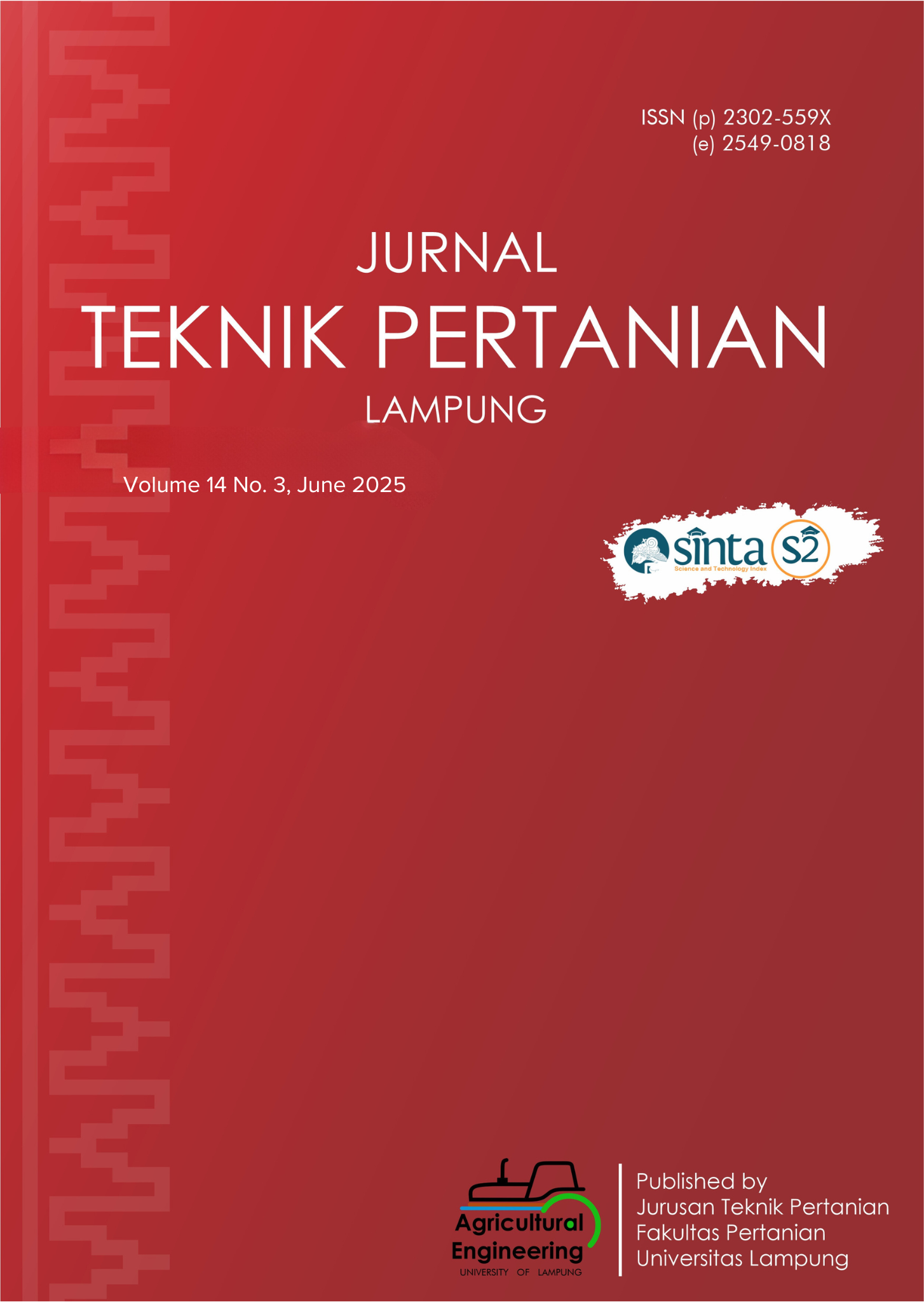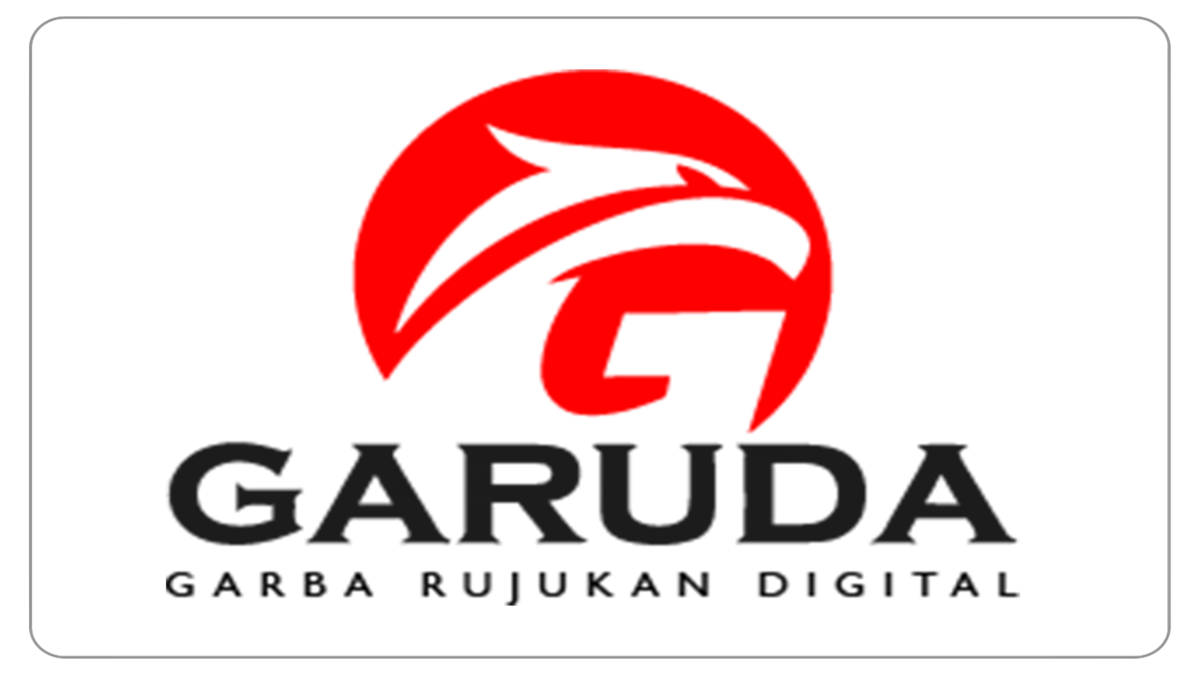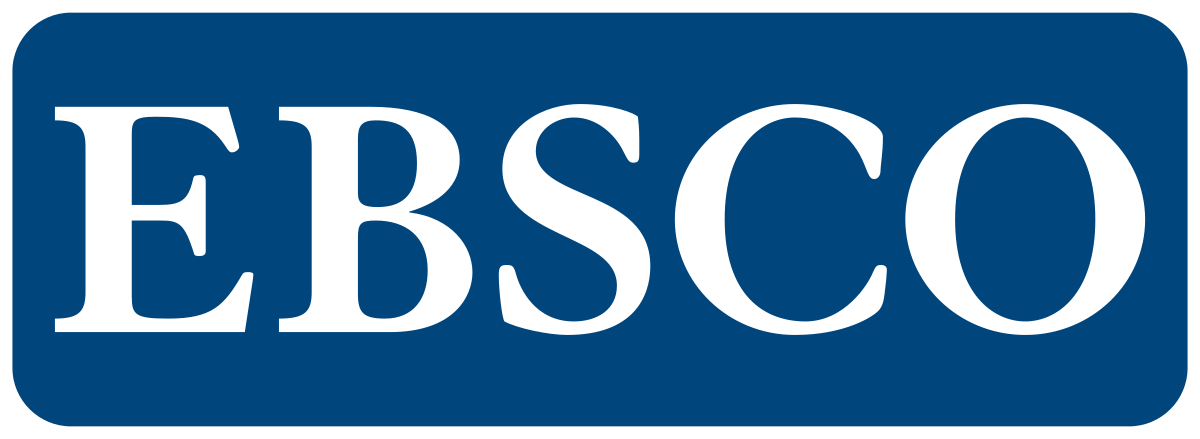Biosorption Performance of Biochar from Exhausted Kahwa Coffee on Cadmium Removal Under Various Operational Parameters
DOI:
https://doi.org/10.23960/jtep-l.v14i3.764-771 Abstract View: 214
Abstract View: 214
Abstract
The primary goal of this study was to investigate the biosorption performance of biochar derived from exhausted kahwa coffee (EKC) on removing heavy metal ion, Cd²⁺ in the solution. The operational parameters, for instance pH, dosage and contact time, were varied in a certain range and the efficiency and the capacity of removal were determined. The pH was in a range of 5 – 11, while the biochar dosage in a range of 0.075 – 0.15 g and the contact time was in between 30 – 180 minutes. The batch biosorption test showed that the EKC biochar had higher removal performance in alkaline condition, with a proposed pH of 10. Meanwhile, the applied dosage showed that addition of 0.1 g EKC biochar was more effective than adding more dosage. Furthermore, the batch experiments showed that 60 minutes of biosorption process resulted in more effective removal compared to the longer biosorption time. According to the ANOVA analysis on the three conditions, it was shown that the pH and contact time had significant effects on the removal performance of EKC biochar on cadmium ion in the solution.
Keywords: Biochar, biosorption, Exhausted kahwa coffee, Heavy metal ion, Operational parameters.
Downloads
References
Ahmadi, H., Hafiz, S.S., Sharifi, H., Rene, N.N., Habibi, S.S., & Hussain, S. (2022). Low cost biosorbent (melon peel) for effective removal of Cu(II), Cd(II), and Pb(II) ions from aqueous solution. Case Studies in Chemical and Environmental Engineering, 6, 100242. https://doi.org/10.1016/j.cscee.2022.100242
Ali, M.M., & Bhakta, J.N. (2020). Biosorption of zinc from aqueous solution using leaves of corchorus olitorius as a low-cost biosorbent. Water Environment Research, 92(6), 821–828. https://doi.org/10.1002/wer.1274
Anisuzzaman, S.M., Joseph, C.G., Daud, W.M.A.B.W., Krishnaiah, D., & Yee, H.S. (2015). Preparation and characterization of activated carbon from Typha orientalis leaves. International Journal of Industrial Chemistry, 6, 9–21. https://doi.org/10.1007/s40090-014-0027-3
Azizi, S.N., Colagar, A.H., & Hafeziyan, S.M. (2012). Removal of Cd(II) from aquatic system using Oscillatoria sp. biosorbent. The Scientific World Journal, 2012(1), 347053. https://doi.org/10.1100/2012/347053
Chen, Z.L., Zhang, J.Q., Huang, L., Yuan, Z.H., Li, Z.J., & Liu, M.C. (2019). Removal of Cd and Pb with biochar made from dairy manure at low temperature. Journal of Integrative Agriculture, 18(1), 201–210. https://doi.org/10.1016/S20953119(18)61987-2
Danapriatna, N., Dede, M., Widiawaty, M.A., Puspitaningrum, H., & Lutfiadi, R. (2024). Unveiling heavy metal pollution in soils and rice crops (Oryza sativa L.) cultivation. Jurnal Teknik Pertanian Lampung, 13(3), 730. https://doi.org/10.23960/jtepl.v13i3.730-738
Faisal, M.L., Sachit, D.E., & Faisal, M.F. (2024). Cadmium removal efficiency from synthetic wastewater using sawdust as a sustainable adsorbent. Desalination and Water Treatment, 318, 100321. https://doi.org/10.1016/j.dwt.2024.100321
Hayat, M.T., Nauman, M., Nazir, N., Ali, S., & Bangash, N. (2018). Chapter 7 - Environmental hazards of cadmium: past, present, and future. Cadmium Toxicity and Tolerance in Plants: From Physiology to Remediation, 2019, 163-183. https://doi.org/10.1016/B978-0-12-814864-8.00007-3
Li, H., Dong, X., da Silva, E.B., de Oliveira, L.M., Chen, Y., & Ma, L.Q. (2017). Mechanisms of metal sorption by biochars: biochar characteristics and modifications. Chemosphere, 178, 466–478. https://doi.org/10.1016/j.chemosphere.2017.03.072
Liu, X., Han, B., Su, C.L., Han, Q., Chen, K.J., & Chen, Z.Q. (2019). Optimization and mechanisms of biosorption process of Zn(II) on rape straw powders in aqueous solution. Environmental Science and Pollution Research, 26, 32151–32164. https://doi.org/10.1007/s11356-019-06342-0
Long, M., Jiang, H., & Li, X. (2021). Biosorption of Cu²⁺, Pb²⁺, Cd²⁺ and their mixture from aqueous solutions by Michelia figo sawdust. Scientific Reports, 11, 11526. https://doi.org/10.1038/s41598-021-91052-2
Mitra, S., Chakraborty, A.J., Tareq, A.M., Emran, T.B., Nainu, F., Khusro, A., Idris, A.M., Khandaker, M.U., Osman, H., Alhumaydhi, F.A., & Simal-Gandara, J. (2022). Impact of heavy metals on the environment and human health: Novel therapeutic insights to counter
the toxicity. Journal of King Saud University - Science, 34(3). https://doi.org/10.1016/j.jksus.2022.101865
Oliveira, L.S., & Franca, A.S. (2015). Chapter 31 - An overview of the potential uses for coffee husks. Coffee in Health and Disease Prevention, 2015, 283-291. https://doi.org/10.1016/B978-0-12-409517-5.00031-0
Paranavithana, G.N., Kawamoto, K., Inoue, Y., Saito, T., Vithanage, M., Kalpage, C.S., & Herath, G.B.B. (2016). Adsorption of Cd²⁺ and Pb²⁺ onto coconut shell biochar and biochar-mixed soil. Environmental Earth Sciences, 75(484). https://doi.org/10.1007/s12665-015-5167-z
Phuengphai, P., Singjanusong, T., Kheangkhun, N., & Wattanakornsiri, A. (2021). Removal of copper(II) from aqueous solution using chemically modified fruit peels as efficient low-cost biosorbents. Water Science and Engineering, 14(4), 286–294. https://doi.org/10.1016/j.wse.2021.08.003
Puari, A.T., Azora, A., Rusnam, R., & Yanti, N.R. (2024). Biosorption optimization and mechanism of biochar from exhausted coffee husk on iron in aqueous solution using response surface methodology. Case Studies in Chemical and Environmental Engineering, 10, 100816. https://doi.org/10.1016/j.cscee.2024.100816
Puari, A. T., Azora, A., Rusnam, R., Yanti, N.R., Arlius, F., & Shukor, M.Y. (2024). Carbonization parameters optimization for the biosorption capacity of Cu²⁺ by a novel biosorbent from agroindustrial solid waste using response surface methodology. Case Studies in Chemical and Environmental Engineering, 9, 100645. https://doi.org/10.1016/j.cscee.2024.100645
Rusnam, R., Yanti, N.R., Puari, A.T., & Sari, N. (2024). Application of agro-industrial solid waste as biochar for iron (II) removal from aqueous solution. Jurnal Teknik Pertanian Lampung, 13(1), 155. https://doi.org/10.23960/jtep-l.v13i1.155-164
Saini, S., & Dhania, G. (2020). Cadmium as an environmental pollutant: Ecotoxicological effects, health hazards, and bioremediation approaches for its detoxification from contaminated sites. Bioremediation Of Industrial Waste For Environmental Safety, 357-387. https://doi.org/10.1007/978-981-13-3426-9_15
Sasidharan, R., & Kumar, A. (2022). Response surface methodology for optimization of heavy metal removal by magnetic biosorbent made from anaerobic sludge. Journal of the Indian Chemical Society, 99(9), 100638. https://doi.org/10.1016/j.jics.2022.100638
Singh, K.K., Singh, A.K., & Hasan, S.H. (2006). Low cost bio-sorbent “wheat bran” for the removal of cadmium from wastewater: Kinetic and equilibrium studies. Bioresource Technology, 97(8), 994–1001. https://doi.org/10.1016/j.biortech.2005.04.043
Sobhanardakani, S., Parvizimosaed, H., & Olyaie, E. (2013). Heavy metals removal from wastewaters using organic solid waste rice husk. Environmental Science and Pollution Research, 20, 5265-5271. https://doi.org/10.1007/s11356-013-1516-1
Torres, E. (2020). Biosorption: A review of the latest advances. Processes, 8(12), 1584. https://doi.org/10.3390/pr8121584
Wang, Q., Wang, Y., Yang, Z., Han, W., Yuan, L., Zhang, L., & Huang, X. (2022). Efficient removal of Pb(II) and Cd(II) from aqueous solutions by mango seed biosorbent. Chemical Engineering Journal Advances, 11, 100295. https://doi.org/10.1016/j.ceja.2022.100295
Yanti, N.R., Puari, A.T., Rusnam, & Stiyanto, E. (2022). Potential of exhausted kahwa coffee as activated carbon to remove Cd²⁺and Zn²⁺. IOP Conference Series: Earth and Environmental Science, 1059, 012041. https://doi.org/10.1088/17551315/1059/1/012041
Zhao, D., Wang, P., & Zhao, F.J. (2023). Dietary cadmium exposure, risks to human health and mitigation strategies. Critical Reviews in Environmental Science and Technology, 53(8), 939–963. https://doi.org/10.1080/10643389.2022.2099192
Zhou, R., Zhang, M., Zhou, J., & Wang, J. (2019). Optimization of biochar preparation from the stem of Eichhornia crassipes using response surface methodology on adsorption of Cd²⁺. Scientific Reports, 9(17538). https://doi.org/10.1038/s41598-01954105-1
Downloads
Published
How to Cite
Issue
Section
License
Authors who publish with this journal agree to the following terms:
Authors retain copyright and grant the journal right of first publication with the work simultaneously licensed under a Creative Commons Attribution-ShareAlike 4.0 International Lice that allows others to share the work with an acknowledgement of the work's authorship and initial publication in this journal.
Authors are able to enter into separate, additional contractual arrangements for the non-exclusive distribution of the journal's published version of the work (e.g., post it to an institutional repository or publish it in a book), with an acknowledgement of its initial publication in this journal.
Authors are permitted and encouraged to post their work online (e.g., in institutional repositories or on their website) prior to and during the submission process, as it can lead to productive exchanges, as well as earlier and greater citation of published work (See The Effect of Open Access).
Jurnal Teknik Pertanian Lampung

JTEPL is licensed under a Creative Commons Attribution-ShareAlike 4.0 International License.













